If you want to help your pitchers throw faster, stay healthier, and have less soreness, you should not let them run long distances. That’s correct, no poles, no long distance running of any length at all.
The reaction I usually get to this is indignation from coaches, perplexed stares from parents, and cheering from ballplayers.
If you think about it, the reason is VERY clear.
I see pitchers jogging or running at a very deliberate pace every week. The same pitchers who are taught to explode like missiles are now told to slowly pace themselves. Well, conserving energy is not part of baseball. Pitching, hitting, throwing, and fielding are all explosive and ballistic activities. Does distance running help you with this, or is it really “anti-training?”
The most common questions/challenges I get on this subject are:
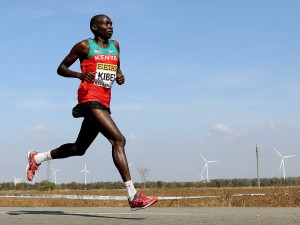 1. “Coach, doesn’t distance running build endurance?” Answer: Yes, but endurance for what? Endurance for long distance running, for conserving your energy over long periods of time. That’s not even remotely like baseball. Baseball is a series of explosive movements, and short endurance events (almost always twelve seconds or less). When you train to conserve energy, you are not advancing your baseball abilities. The athletes that train for distance running look like this marathon runner, not like Max Scherzer, shown below.
1. “Coach, doesn’t distance running build endurance?” Answer: Yes, but endurance for what? Endurance for long distance running, for conserving your energy over long periods of time. That’s not even remotely like baseball. Baseball is a series of explosive movements, and short endurance events (almost always twelve seconds or less). When you train to conserve energy, you are not advancing your baseball abilities. The athletes that train for distance running look like this marathon runner, not like Max Scherzer, shown below.
2. “Isn’t distance running a good idea a good thing to do the day after you pitch?” Answer: Running poles (for whatever you think it might do) the day after you pitch is about as effective as going to a hospital 24 hours after you get stabbed. It provides basically no benefit at all baseball-wise to the athlete on the next day. However, many coaches love it because they don’t have to supervise this activity.
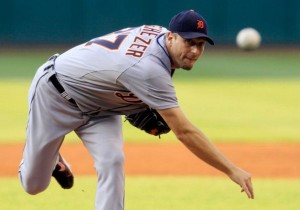 3. “We like about running poles. Can it be bad?” Answer: For an old, overweight guy like me, sustained and lower intensity cardiovascular exercise like jogging from one foul pole to the other is good. It’s good for my heart, reduces cholesterol and heart rate. Not very good for my knees and ankles, however. And for a baseball athlete? Do you think it’s a good idea to drive a Corvette over speed bumps? Nah. me either.
3. “We like about running poles. Can it be bad?” Answer: For an old, overweight guy like me, sustained and lower intensity cardiovascular exercise like jogging from one foul pole to the other is good. It’s good for my heart, reduces cholesterol and heart rate. Not very good for my knees and ankles, however. And for a baseball athlete? Do you think it’s a good idea to drive a Corvette over speed bumps? Nah. me either.
Fatigue is not simply a physical impediment. It draws its strength from emotional and mental components as well. So even if you believe that running long distance isn’t bad for a ballplayer physically, it certainly will bore him mentally, emotionally, and physically.
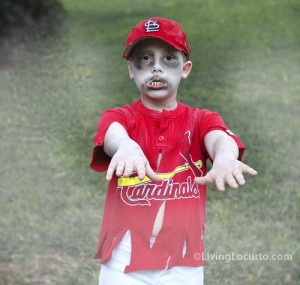 Ballplayers jogging, running poles, reminds me of a zombie on a march. Oh, I’ve got one more for you…
Ballplayers jogging, running poles, reminds me of a zombie on a march. Oh, I’ve got one more for you…
4. “Well, every ballplayer runs long distances so it must be right.” Answer: Sincerely believing something and having lots of people agree with you does not make anything fact. The world is not flat, and at one point in our history people were killed publicly for stating the opposite.
There’s plenty of good solid research that supports my premise. According to the editors of Runners World Magazine, having an explosive athlete (like a sprinter or a pitcher) run long distance just does not help them with their sport. It certainly has some general cardiovascular benefits, especially for people that need to train in that low challenge area.
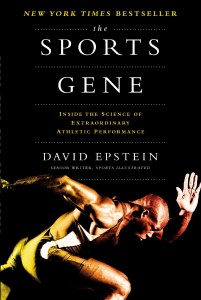 In researching this article, I came upon a book that was published in August 2013 that has already become a New York Times Best Seller: “The Sports Gene” by Sports Illustrated senior writer David Epstein. It’s a fascinating read that covers many aspects of athleticism. Science has uncovered much about the relationship of nature vs. nurture. Some athletic skills we believe are innate, like the ability to swing a bat lightning-fast, may not be. And other characteristics that we assume are entirely voluntary, like an athlete’s will to train, might in fact have important genetic components. You can order that book here…
In researching this article, I came upon a book that was published in August 2013 that has already become a New York Times Best Seller: “The Sports Gene” by Sports Illustrated senior writer David Epstein. It’s a fascinating read that covers many aspects of athleticism. Science has uncovered much about the relationship of nature vs. nurture. Some athletic skills we believe are innate, like the ability to swing a bat lightning-fast, may not be. And other characteristics that we assume are entirely voluntary, like an athlete’s will to train, might in fact have important genetic components. You can order that book here…
And finally, let’s take some common sense and what you learned in high school. Does your high school track coach make sprinters run long distance? Almost never, because distance running requires you to conserve energy, and sprinters blow it all out as fast as they can. Just like pitchers. In fact, just like ballplayers at every position.
As Ron Wolforth says, if distance running was the key to pitching fast, then professional baseball would be filled with people that look like marathon and long distance runners, who are very lean. But they’re not. Pitchers have physiques more like sprinters.
So what should a youth athlete do? We’re working on a program to give you some specifics to help your pitchers stay healthy, recover faster, and feel better. And it does NOT involve running long distances at subdued speeds. We’ll let you know when its ready.

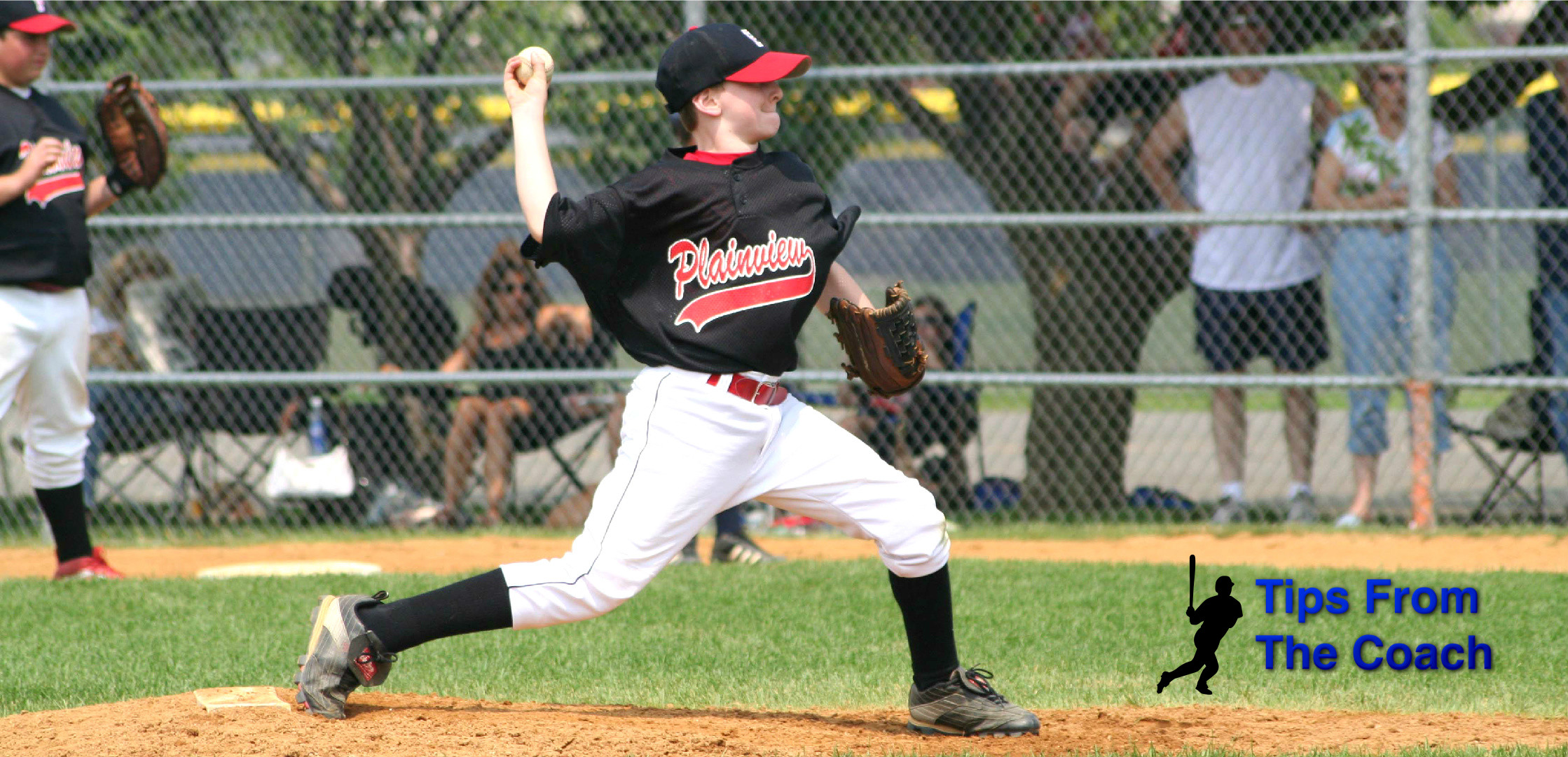


No Comments
No comments yet.
RSS feed for comments on this post.
Sorry, the comment form is closed at this time.